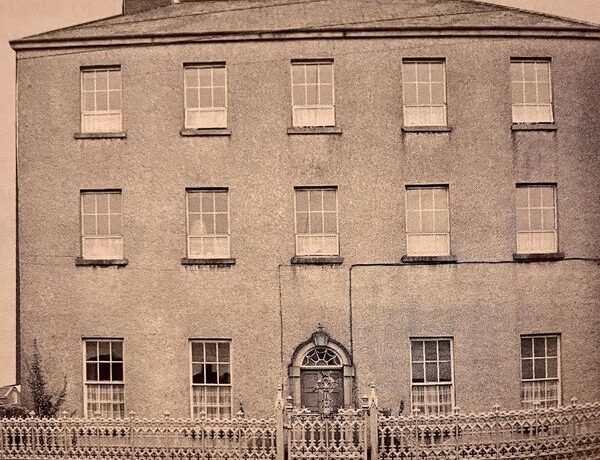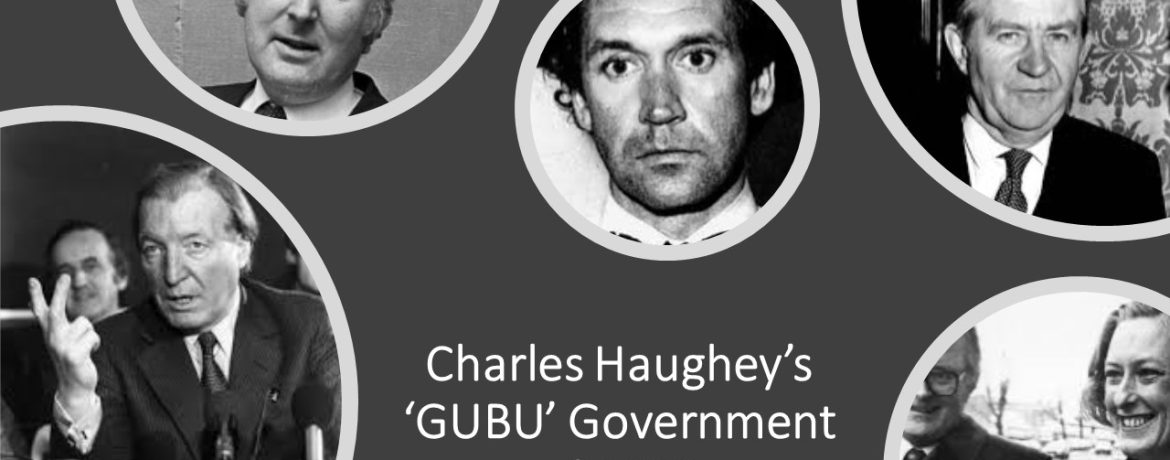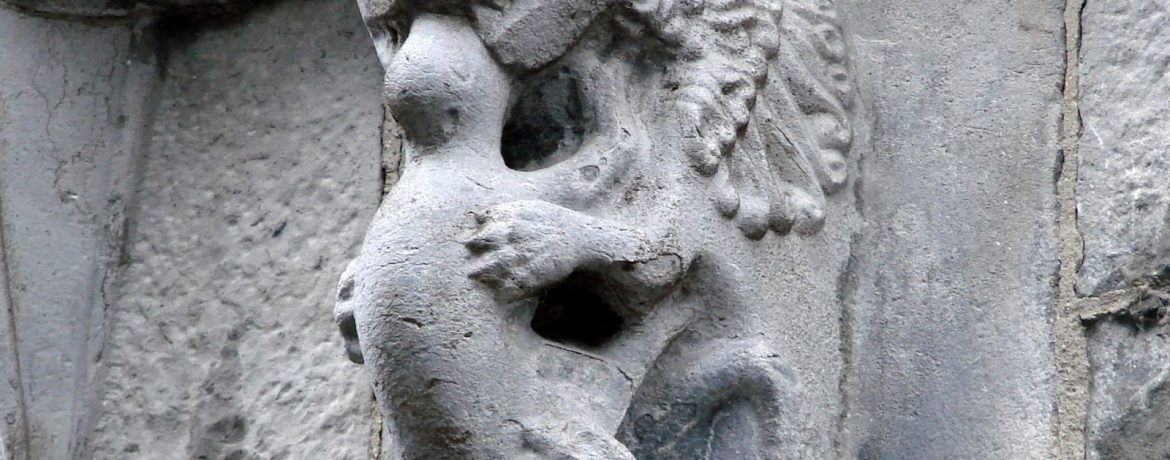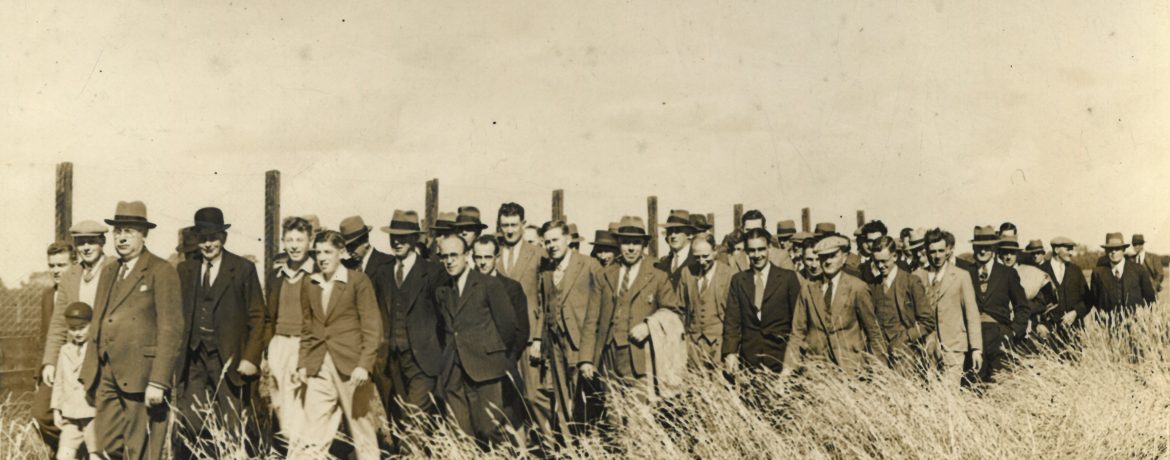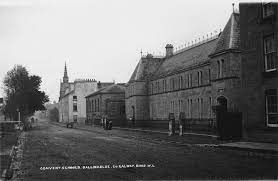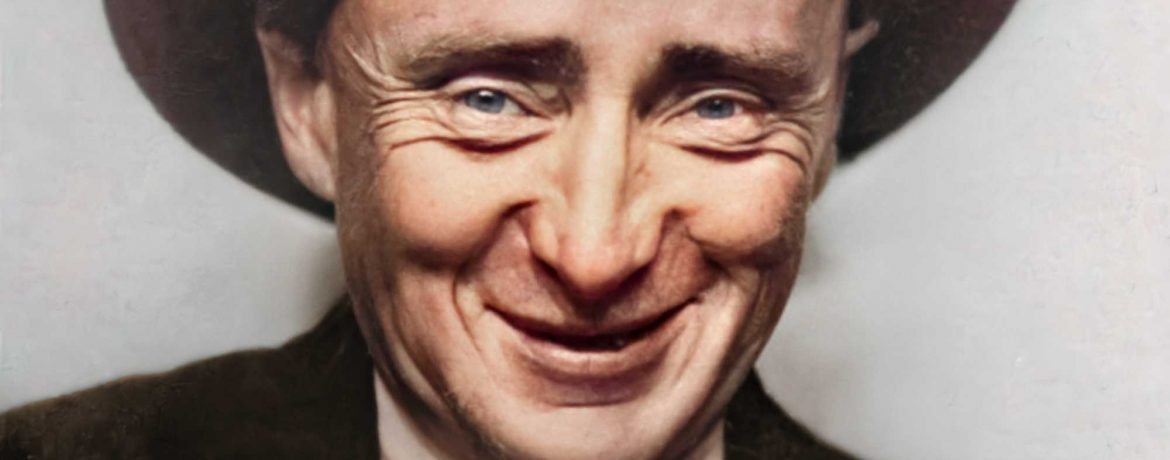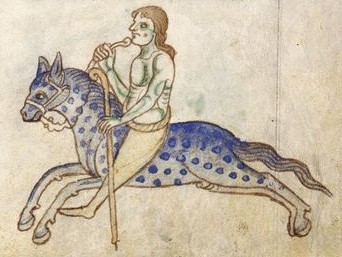Fáilte – Welcome
The Galway Archaeological and Historical Society (GAHS) was founded on the 21st March 1900 at the Railway Hotel to promote the study of the archaeology and history of the west of Ireland. Since 1900 the Society has published 73 volumes of its Journal of the Galway Archaeological and Historical Society. See our Journal menu links for more details. Most of our back catalogue of journals are now available through the online academic database JSTOR.
The Society runs a lecture series in Galway City, as well as outings to various sites of interest during the summer. It is also involved in liaison with national and local authorities in relation to heritage matters concerning the City and County of Galway.
We invite you to become a member, overseas members are also welcome. All members get a free copy of the GAHS Journal normally issued towards the end of the calendar year.… Read the rest
Read more
